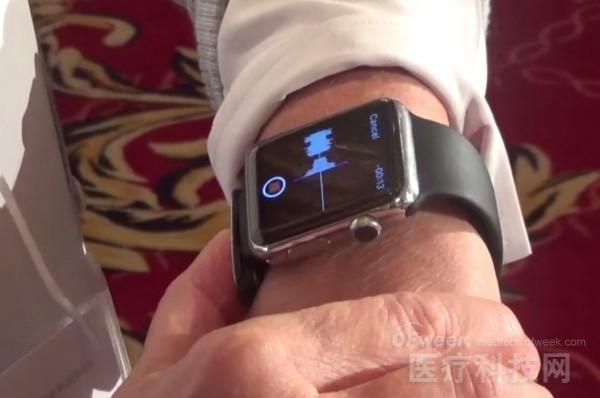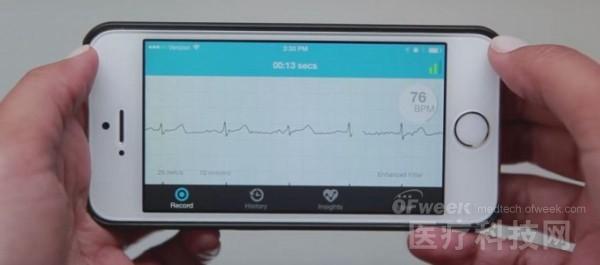Development Status and Trend Analysis of Urine Dynamic Analyzer
The urodynamic analyzer is based on the basic principles and methods of fluid mechanics and electrophysiology to detect the pressure, flow rate and myoelectric activity of various parts of the urinary tract, so as to analyze the function and mechanism of urinary urination and the pathology and physiology of urinary dysfunction. Changes, instruments that provide an objective basis for clinical diagnosis and treatment, are important means to evaluate the degree of urinary dysfunction and to determine the classification of obstacles. Objective urodynamic examination has gradually replaced the subjective diagnosis of urology and has become a routine detection method. In recent years, with the aging of the population, the number of patients with urinary diseases has gradually increased, the condition is complex and variable, and the incidence rate has increased year by year. It is necessary to quantify the relevant pathophysiological parameters to determine the diagnosis and treatment plan by means of urinary dynamics analyzer. Therefore, understanding the composition principle, development status and trends of the urinary dynamics analyzer is of great significance. The composition and working principle of the urinary dynamic analyzer The urinary dynamics analyzer usually includes a micro-processing system (host), a pressure sensor, a urine flow rate meter, an electromyography (EMG), a perfusion system, a traction system, etc., and can complete the International Continence Society (ICS). Prescribed routine urodynamic testing programs include testing for urinary flow rate, bladder pressure, tracing pressure-flow rate curves, and synchronizing sphincter myoelectricity. The software platform of the microprocessor system has two kinds of DOS and Windows systems. Currently, the DOS platform is rarely used. The micro processing system mainly completes signal acquisition, recording, processing, display, printing, data transmission, and resource sharing. Pressure sensors are commonly used to measure bladder pressure and abdominal pressure, often detected simultaneously with other parameters, forming a pressure-flow rate curve (as shown in Figure 1), pressure-flow rate-EMG curve, and so on. The urinary power analyzer converts the detected pressure signal into an electrical signal through several built-in precision sensors and an external pressure sensor, which is amplified and analog-to-digital (A/D) converted and sent to the computer. The urinary flow rate meter mainly measures the urine flow rate such as the urine flow rate and the urine output, and is used to evaluate the primary screening and curative effect of the lower urinary tract function. According to the detection principle, the urine flow rate meter can be divided into weighing type, capacitive type and rotary type. The most common are weighing and rotating (refer to the "Urodynamics Operation Guide (2010 Edition)"). The weighing type urine flow rate meter uses a mass-time measurement method and works similarly to an electronic scale. The patient urinates to the urine collector. As the urine quality gradually increases, a urine mass-time curve can be obtained, which is converted into a urine flow rate curve. Weighing urine flow rate meter has stable performance and low price, and is widely used. The rotary urine flow rate meter measures the urine flow rate through a dedicated rotary concentrator. In the initial state, the turntable rotates at a constant flow rate. When the patient's urine is discharged into the urine collector, as the quality of the urine increases, the rotation speed of the turntable slows down, and the system needs to increase the drive current to maintain the constant speed, and the increased drive. The current is proportional to the size of the urine flow rate and can be converted to a urine flow rate to obtain a urine flow rate curve. The rotary urinary flow rate meter is simple in principle, accurate and reproducible, but it has high requirements on the constant speed and is expensive, so it is only used by some manufacturers. The EMG unit measurement mainly records the potential generated when the transverse sphincter muscles participating in the active urinary mechanism are depolarized. The commonly used EMG electrodes have two types of needle electrodes and surface electrodes (as shown in Fig. 2). The former is used to record the individual motor unit myoelectric potential activity, and the latter reflects the overall activity of the transverse sphincter. The most common urinary power analyzer perfusion system of perfusion system has two types: (1) pump perfusion mode, which has high degree of automation, adopts flow feedback technology, convenient flow setting and fast stabilization; (2) gravity perfusion mode, water The medium is squeezed into the bladder through a high-pressure air bag, and the gravity pump calculates the perfusion rate and the perfusion amount according to the decrease in mass per unit time, which has the advantages of simplicity and low cost. The traction system is an integral part of the urinary dynamics analyzer and is used primarily to measure urodynamic pressure distribution and to reflect (research) the linkage between external sphincters. The traction speed of the generally equipped tractor is 1~2mm/s, and the maximum traction distance is 30mm. YT-T15 YT-T15 Shenzhen Sunshine Technology Co.,Ltd , https://www.shenzhenyatwin.com


